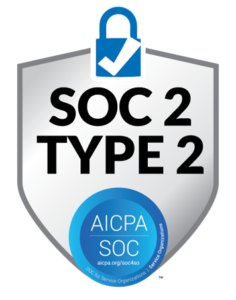At the beginning of 2020 unemployment was low at 3.5%, which made it extremely difficult to fill warehouse positions. Starting in mid-March, the pandemic created a short-term surplus of labor in the market which didn’t help many organizations as they were trying to shed hours with volume in decline. Now as we approach a post-pandemic world and volumes are starting to climb again, the labor market will once again start to constrict.
In order to assure your operation can support your business as your volume continues to grow, it is imperative that your organization attracts workers by offering competitive pay and benefits, among other things. If your organization has been stuck in the “average” category of pay, a self-funding incentive program can assist in helping to attract what is undoubtedly your most valued resource- your people.
Attracting hourly associates is just half the equation
Once you get them in the door, it is imperative that you retain them. In the supply chain industry, the lack of competitive pay is a significant driver in turnover. We would like to believe that there has to be a significant difference in pay to force an employee to go from one organization to the next. Yet, if all other things that drive turnover are being managed correctly, such as manager-employee relationships, recognition programs, fair work standards, and more, then this is true. Unfortunately, when these work culture items are not being managed, associates often leave an organization for as little as $0.20 an hour.
Rather than provide everyone an additional $1 per hour pay increase, which most organizations can’t do, a well thought out incentive program can position your company as one of the highest paying companies in your specific market.
If done correctly, an incentive program is ‘self-funding’ which means your organization gets a higher level of performance and the hourly associates get more pay. This is a kind of gain sharing approach that includes a mix of individual and team incentives. The benefits of increased performance through an incentive program not only reduce overall labor costs but will reduce overtime, which can be a cause of turnover as well.
Hiring the best talent means your organization must be competitive in their overall pay structure. That will get people in the door. Once they are hired, it is imperative that you retain your hourly team. The cost of turnover is significant when you consider loss of productivity, poor quality, onboarding and all of the administrative costs associated with terminations and hiring.
In summary, having competitive wages and well executed retention programs is the key to success in establishing a high-performance operation.
Leveraging labor Management Software to reduce Turnover
ProTrack Labor Management Software features an incentives module that allows individual incentive payout for each employee’s direct contribution to the company. Individual incentive pay is a key component of most successful incentive programs. This approach gives your employee “control” of their own payout destiny instead of being reliant on a larger team to perform at the right level. ProTrack also provides real-time performance metrics, coaching and recognition modules all designed to help you retain your workforce. The use of ProTrack can often-times reduce turnover by as much as 50%.
ProTrack will Boost:
- Productivity
- Utilization
- Labor Savings
- Employee Retention

Stay Competitive
With the return of a competitive labor market, it is important to create pay programs and a desirable employee culture in order to position your company as a preferred employer.
ProTrack’s incentive module supports this initiative by using real time performance data to create a tiered self-funding incentive program. This can result in significant labor savings by rewarding high performers, while also reducing turnover.
Connect with us
See how ProTrack can create a dynamic incentive program to help increase your labor savings.

